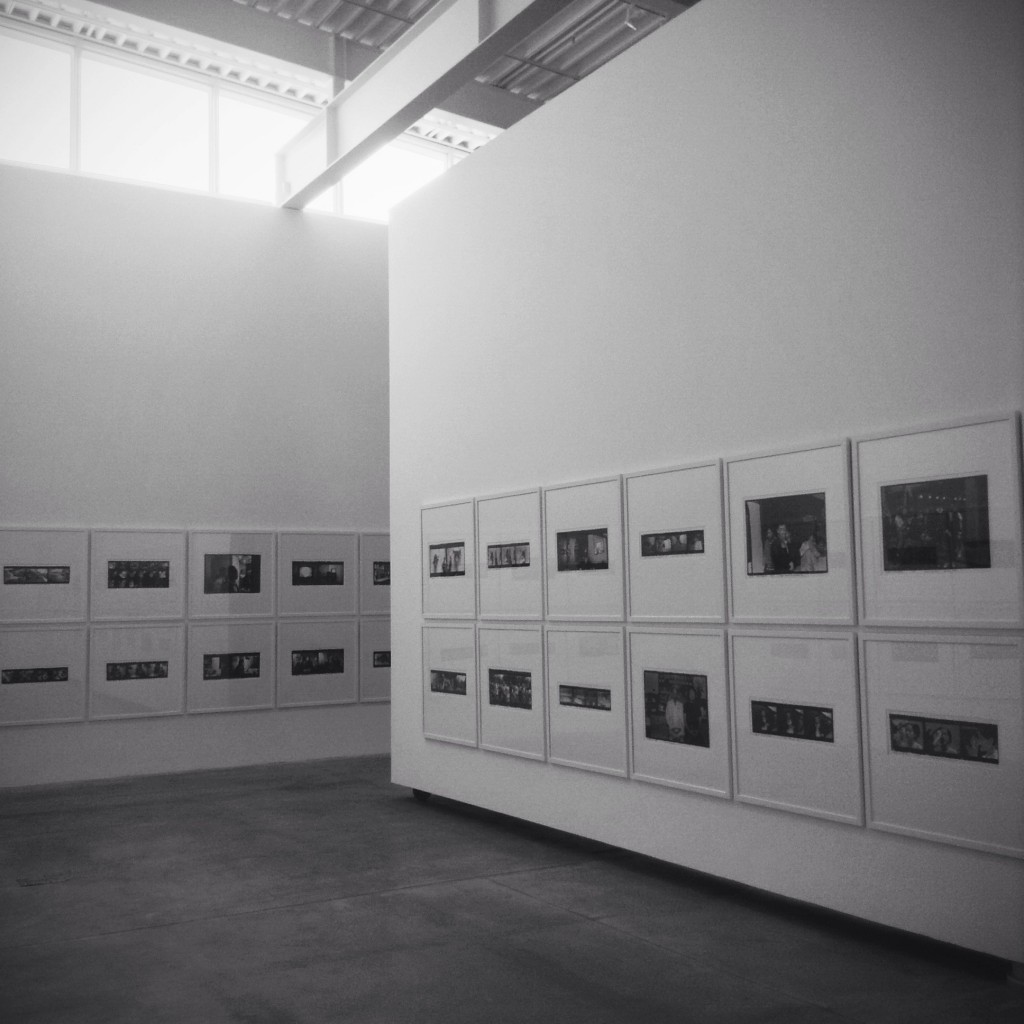Occupying myself with the much productive app Instagram. I scroll and scroll through those perfectly square boxes, double tap (sometimes subconsciously) on them to “like”, desperately find bits of inspiration for my blog. With observations, I realized the fact that we are living in a scarcity of human interactions, but at the same time in an excess of information. The contradiction, which arises due to the popularity of social networks/media, illuminates a collection of non-places (Augé 1995) – spaces that “inculcate a new sense of thin or abstract identity” (Kolb 2008).
In this case, the non-place is Instagram. The idea not only challenges Augé’s original concept of supermodernity in the mid 1990s (when such digital space was far from mainstream); it also exposes questions, regarding this non-place’s legitimacy as a channel for contemporary life narratives.
Evolving from the orthodox life narratives, contemporary life narratives transcend beyond what was once considered (somehow eurocentric) worth-telling “white, male, bourgeois, Western”. The content is now multidimensional, with different slices of life in unique settings around the globe. Furthermore, the means in which life narratives are delivered, now include the non-places as an inevitable transformation in this digital age.
Written much about the theoretical aspect linking Instagram and contemporary life narratives. Here are some vivid examples of stories being told visually on this platform, that I find interesting:
Ai Weiwei, a famous dissident Chinese artist started his own internet meme with a rather funny pose. The act involved “taking a selfie while holding your leg up as though aiming it like a rifle.” – as described by William Wan on The Washington Post. This playful imagery created a trend that many young netizens follow:
Upon being asked the meaning behind his thought-provoking pose, he answered: “”It is a pure use of social media. To pick up public notions on mixed issues — the power to control individuals…terror, arms, many issues… to use the body as weapon. You cannot do this with a novel or movie or in theatre. It’s more like poetry… Some are so empty; some are so profound. To grab your own leg as a foreign object and to ponder and to photograph. I think it is very profound.”
Ai Weiwei’s visual approach to life narratives inspires many people. It simultaneously reveals his retrospective view into the Cultural Revolution period in which he grew up and certainly got affected by. (The gun of the young Red Guards?)
Many questions emerge around this new form of life narratives. Do the non-places (Instagram, etc.) make stories more accessible and are the ultimate ways of doing it? Or are they just like other means of telling stories back then, will be replaced by other avant-garde methods? The answer is in #future.
For the students of Tiananmen.
TRIVIA: Surprisingly enough, UBC’s Morris and Helen Belkin Art Gallery is currently running an exhibition featuring Ai Weiwei’s work “NEW YORK PHOTOGRAPHS 1983-1993”. I visited it today and it was worth it. Don’t forget to read/watch his interview about Cultural Revolution and his life in New York City (once again as a perfect example for “Life Narratives”)

Links:
http://www.washingtonpost.com/blogs/worldviews/wp/2014/06/16/ai-weiweis-fake-leg-guns-become-chinese-internet-meme/
http://www.belkin.ubc.ca/current/ai-weiwei-new-york-photographs
http://www.dkolb.org/sprawlingplaces/generalo/placesto/augonnon.html

I’m not going to lie when I screamed a bit from excitement when I saw the photos of your post. Ai Wei Wei is one of my favorite photographers (and ranks very high in terms of artists in general). From my understanding, there is no concrete explanation to what the act of taking a selfie with your leg as a rifle actually means. I believe that although there is no given explanation of the movement from the artist himself, it leaves for room for personal interpretation. I believe that because Instagram is such a heavily visual social media form, people who use Instagram learn to analyse the bits of life narratives implemented in the photos taken as many people use Instagram in order to document their daily lives.
I’d love to hear what your interpretation of this movement is; however, my personal interpretation is that it’s a critique on people who wish to bear arms, saying that instead of bearing arms, why don’t we bear legs?
Hi Kacey thanks much for your comment!
I love how you point out the fact that people use Instagram to document their daily lives as life narratives. But the interesting thing here is, on this platform, we (or at least I) are not used to interpreting such abstract image Ai Weiwei put foward. That’s why I was very confused the first time seeing it. And then you suggest the view of “bearing arms, bearing legs” which I totally got a light bulb from that. Also to add on that, I realized the posture somehow resembles the position of a fetus (this is so random i know) http://images.static-bluray.com/reviews/9484_4.jpg in the movie Gravity (2013) as an example.
As human in the most vulnerable state (the good + unspoilt nature of us), the legs are pointing out ward, just by grabbing them with the hand (the realistic + bad intention), we have “human body as weapon” as he said? Then the story goes back to the idea of arms control…
p.s: I feel pretty guilty letting your comment alone for more than a week. I do procrastinate but I will try (hopefully) to reply faster. Thanks!